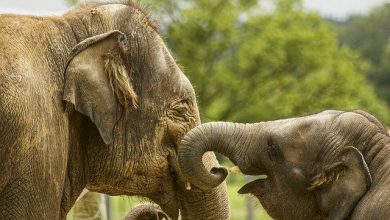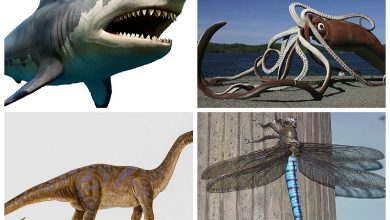11 interesting facts about the caimans
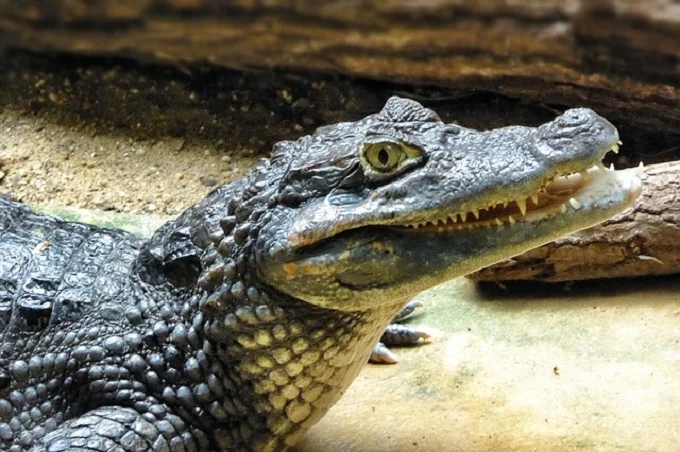
Caimans (Cayman) – one of the oldest inhabitants of our planet, which practically did not change their appearance. These animals belong to the alligator family, a class of reptiles. Caimans are small and reach a maximum length of one and a half to two meters. They live in Central and South America. They are also found in Cuba, Puerto Rico, and the US state of Florida.
Interesting facts about the caimans
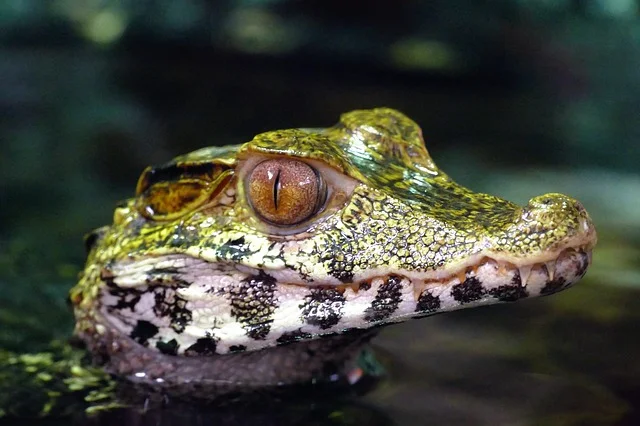
There are six species of caimans:
- Cuvier’s dwarf caiman,
- Spectacled caiman
- Yacare caiman,
- Broad-snouted caiman,
- Smooth-fronted caiman,
- Black caiman.
- Caimans have a lot of enemies – they have to be afraid of jaguars, giant otters, and anacondas. In addition, large crocodiles and black caimans are happy to hunt them. The latter is a separate species and do not belong to ordinary caimans. The caiman can hiss and swell in a fight, visually increasing in size, like an aggressive cat.
- The colour of the adult varies from dark green to brown. Caimans are chameleon-like and can change the colour of their skin at low temperatures. This is due to the expansion of black pigment cells, as a result of which the skin darkens significantly.
- Caimans prefer to settle near bodies of stagnant water – small lakes, rivers, and humid lowlands. During dry periods, some species tend to burrow into the silt and hibernate.
- In times of danger, caimans may make sounds to alert their fellows. In adults, they resemble the barking of dogs – hoarse and prolonged; in babies, they are short and hissing, similar to croaking.
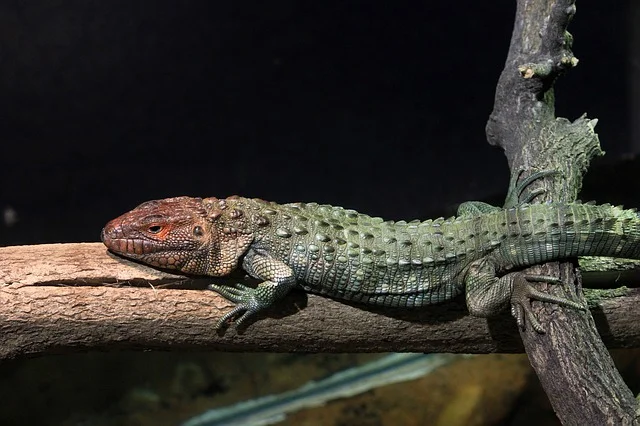
- The structure of the eyes of these reptiles allows them to see perfectly and hunt at night. At dusk, they start hunting. Fully sinking under the water, caimans stick out only their nostrils and eyes to the surface. The main method of hunting is motionless, waiting patiently for the approach of the victim.
- Depending on the climate, females can lay 10 to 40 eggs. They build nests from vegetation and soil. It is noteworthy that temperature affects the s3x of the offspring. If it is about +32 degrees, mainly males are born; if the temperature is higher or lower, females.
- The structure of the jaws of these reptiles does not allow them to eat large animals. In addition, they do not know how to chew, swallowing food whole. Turtle shells are an exception. The diet of caimans is dominated by river fish, mollusks, frogs, and small rodents.
- A calm lifestyle characterizes caimans. Due to their fearfulness and relatively small size, they will not attack people and large animals.
- However, during the dry season, caimans show aggression. Due to the forced long hunger strike, they often become cannibals, eating their weaker comrades. During this period, they become dangerous for humans.
- The caiman population has declined significantly over the past decade. Since the skin of these reptiles is of great value, poachers hunt them mercilessly. Another reason for the decline of the species is human interference with the habitats of caimans. Some species of these animals are already included in the Red Book.
- With the complete disappearance of caimans, the biological balance will be disturbed. They play an important role in nature and are considered ecosystem cleaners, eating worms, molluscs and beetles. And by eating piranhas, they help non-predatory fish survive.

